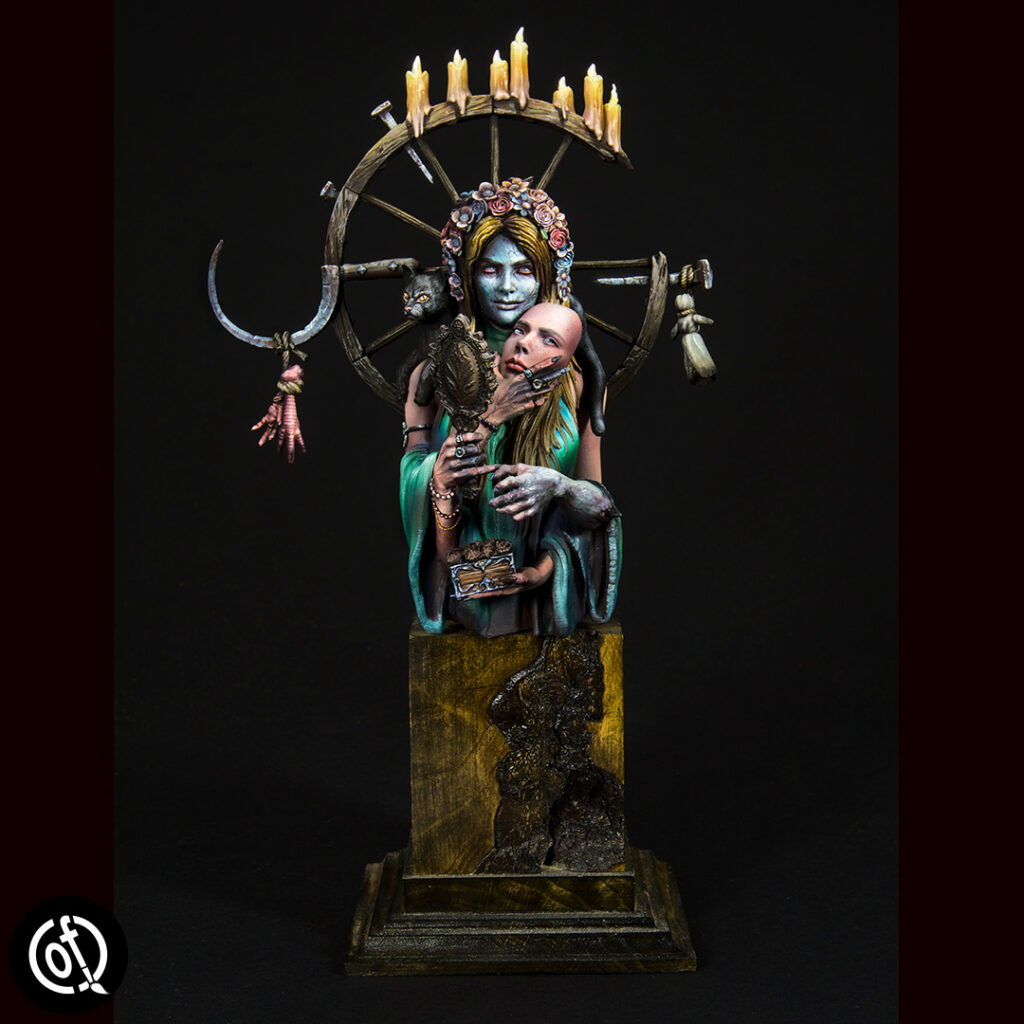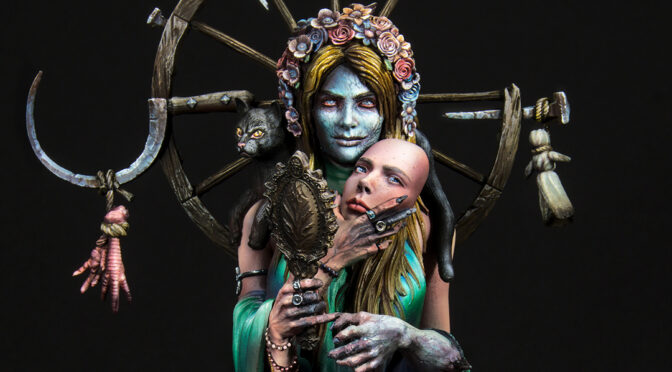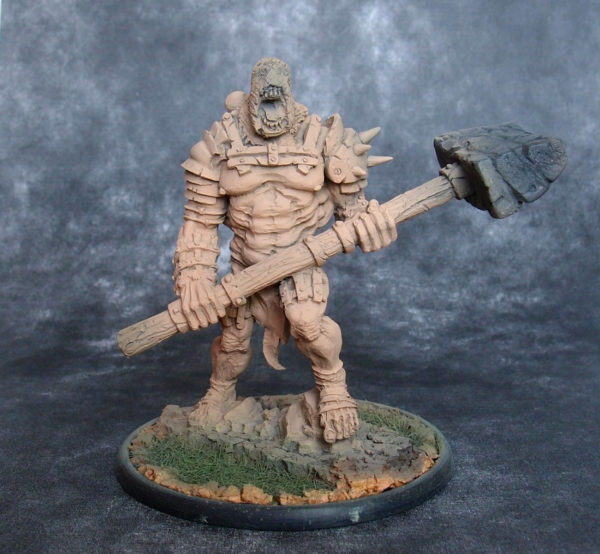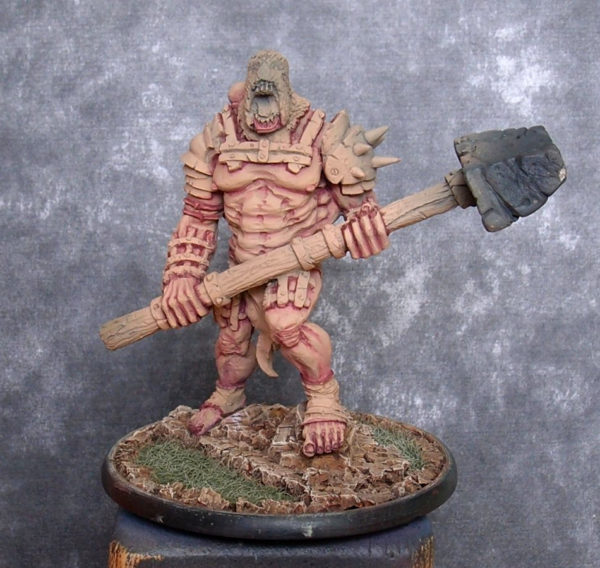Many miniature painters don’t address the subject of inspiration or references, but in fact they are very important to their creative process. First, they help to imagine details, then it also helps to make progress.
How I process inspiration and references
For me this is the most important, because usually I mostly know what mood I want to achieve, I can feel the main colors, I’ve got the main picture – a leitmotiv. But to make the figure deeper, more believable, I look for more details. I sincerely encourage you to create your own reference base for your models.
Let me explain how I processed my inspiration for the Babayagha, the Black Mother model from Karol Rudyk Art.

Babayagha, the Black Mother
“A witch ought never to be frightened in the darkest forest… because she should be sure in her soul that the most terrifying thing in the forest was her.”
Terry Pratchett
This is the leitmotiv that I had in my Pinterest folder with cool themes for future reference, and it was obviously the connection for me.



As you can see, my model is modified and has four hands instead of the original two. Ths idea came up during a conversation with my friend Benathai.
I checked where I would like to put light on model:



I completed selecting the colors…

…. and looking for details:




The most difficult part is painting the face. That is why I was looking at for pictures of actress or a public person. Especially if you are a beginner in painting faces, thanks to this you can find many shots of such a person and create a character study.
This time my inspiration was Emma Watson:


So now, having all the refrerence images collected, I could start painting and you know what I came up with. 😉
More pictures
If you want to see some more pictures of my Babayagha, here they are:




I hope to have a chance to paint more of Karol’s models in future. 🙂










